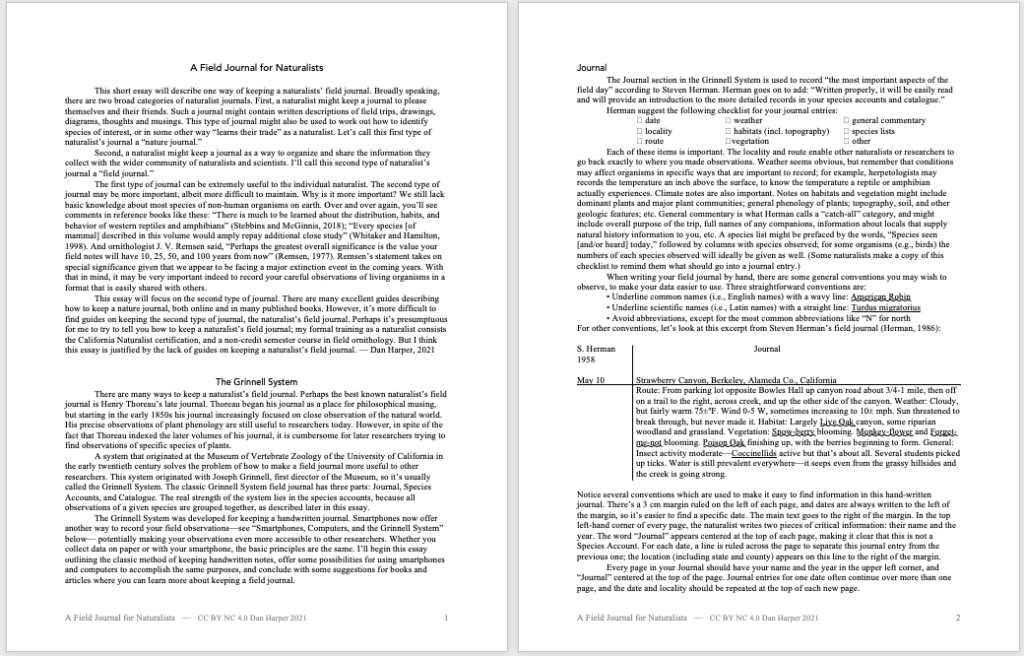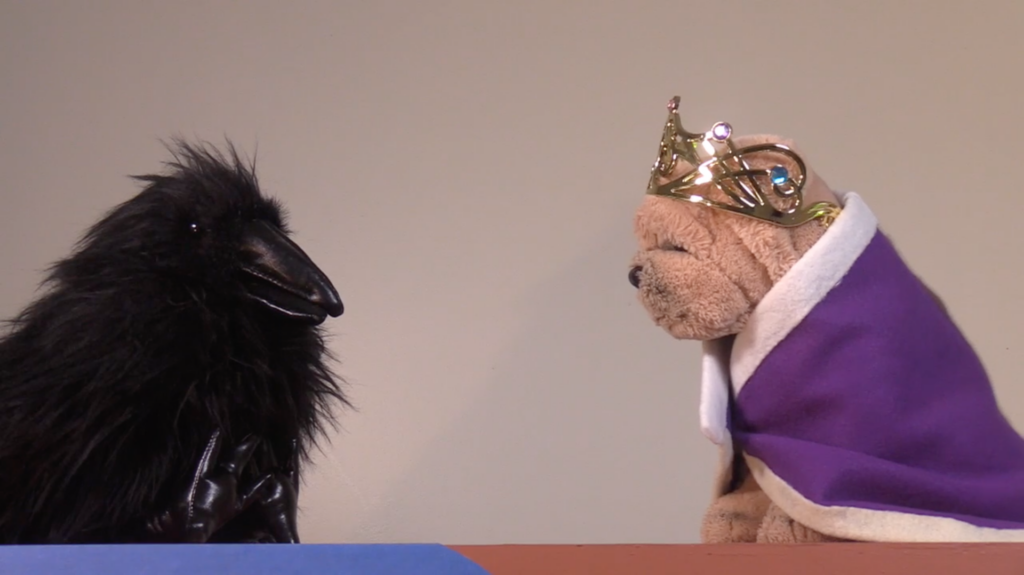Going through my archives, I found my retelling of this classic story. I’m posting it here as part of my series of stories for liberal religious kids.
Once upon a time there was a shepherd named David. His three older brothers went off to fight in the army of Israel, under the command of King Saul. But David stayed behind with their father, Jesse, in the town of Bethlehem.
One day after his brothers had been gone for forty days, David’s father said to him, “Go take some bread and cheese and corn to the camp where your brothers and the rest of the army are — give this food to the captain of their company.”
When David got to the place where the army of Israel was, they were just getting ready to go to battle with the army of the Philistines. A great warrior, a man named Goliath, had just come out of the Philistine camp. He was over nine feet tall. He wore a helmet of brass on his head, he was armed with a coat of mail, and he wore brass armor on his legs and back. He carried a long spear, with an iron tip that weighed six hundred shekels.
Goliath stood in the valley between the two armies, and called out to army of Israel. “Why have you come to set your battle in array?” he shouted. “Am I not a Philistine, and are you not servants of Saul? Choose a man from among you, and let him come down to me. We will fight, and if he can kill me, then we will be your servants. But if I prevail against him, and kill him, then you shall all be our servants.”
David came up to the camp of the army of Israel right after Goliath had issued his challenge. All the men in the army were talking about it. “Have you seen this man who has come up from the army of the Philistines?” they said. “King Saul has promised that if any man dares to take Goliath’s challenge, and also manages to kill Goliath, the king will give that man great riches, and give him the princess in marriage.” But Saul and all his army were afraid of Goliath.
Eliab, David’s eldest brother, saw David just then. “What are you doing here?” said his brother angrily. “You’re proud and your heart is naughty. You just came down so that you could watch the battle.”
“No,” said David to Elia. “Our father sent me. But now that I’m here,” he went on, “I’m going to go fight this Goliath.”
Saul heard that David wanted to fight Goliath. Since no one else seemed willing to take on Goliath’s challenge, Saul sent for David. But when he saw how young David was, Saul said, “You’re not able to fight Goliath.”
“I have watched my father’s sheep,” said David, “and when a lion and a bear came and took a lamb from the flock, I went after them. I took the lion by his beard and killed him. And I killed the bear. And I can kill this Goliath, too.”
Saul decided to let David try. He tried to give David a helmet made of brass, and a sword to buckle around his waist. But David took off the helmet and the sword. Instead, he took his shepherd’s staff, and he took five smooth stones from the brook, and he took his sling.
When Goliath, the Philistine, saw David, the young shepherd, he laughed. “Come to me,” said Goliath, “and I will give leave you dead for the vultures to feed upon.”
“You come with a sword and a shield,” said David. “But I come in the name of Adonai, the god of Israel. Adonai will deliver you into my hand, and I will leave you dead for the vultures to feed upon.”
Goliath got up and started walking forward to meet David. David put his hand in his bag and took one of the five smooth stones. He ran ahead to meet Goliath, put the stone in his sling, and flung the stone so it hit Goliath right in the forehead. Goliath fell down dead.
When David returned to the camp of the Israelites, the soldiers took him to Saul. Saul adopted him as one of his own sons. And David became best friends with Saul’s own son, Jonathan.
To be continued…
Source: Hebrew Bible, 1 Samuel 18.



